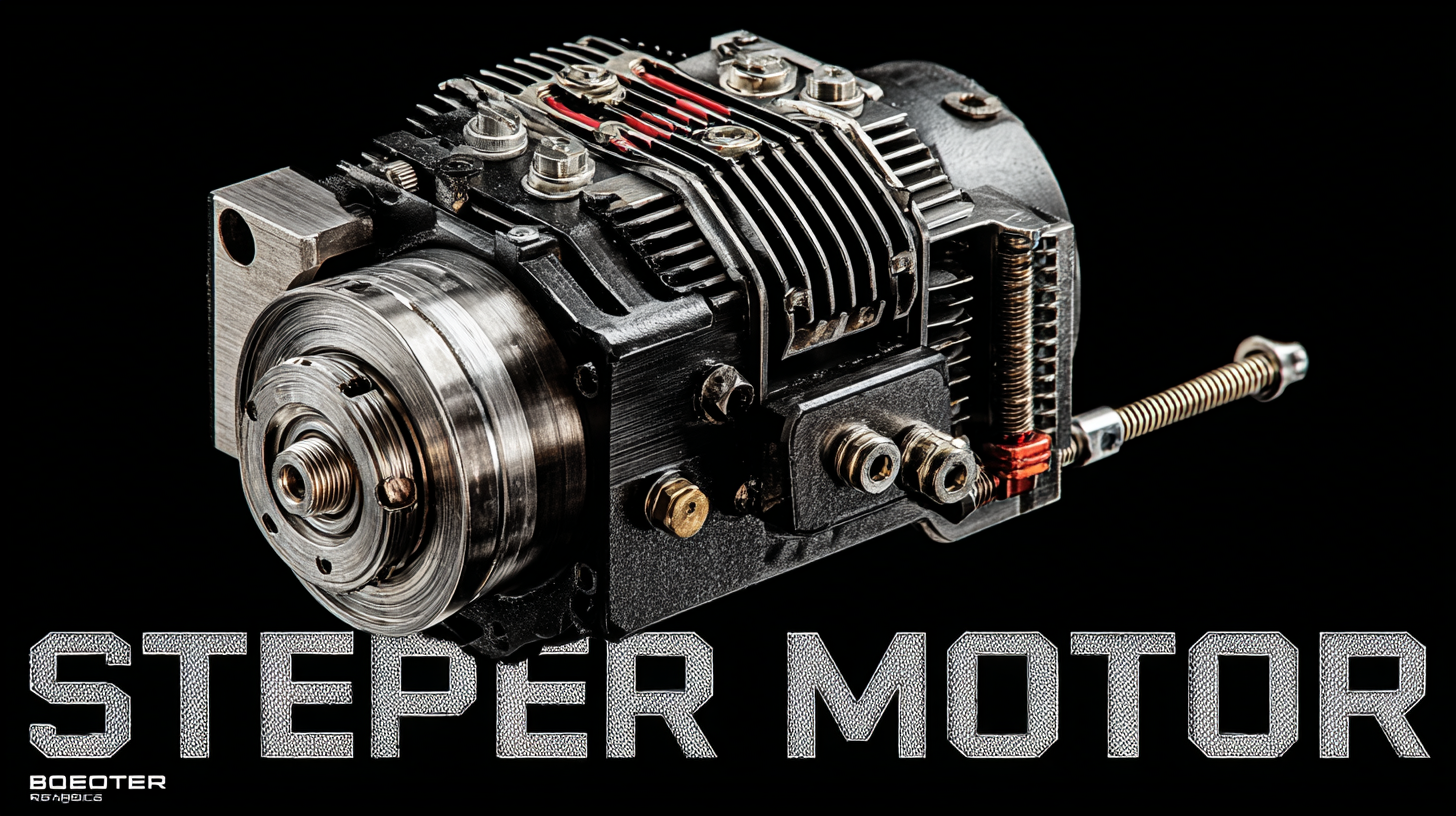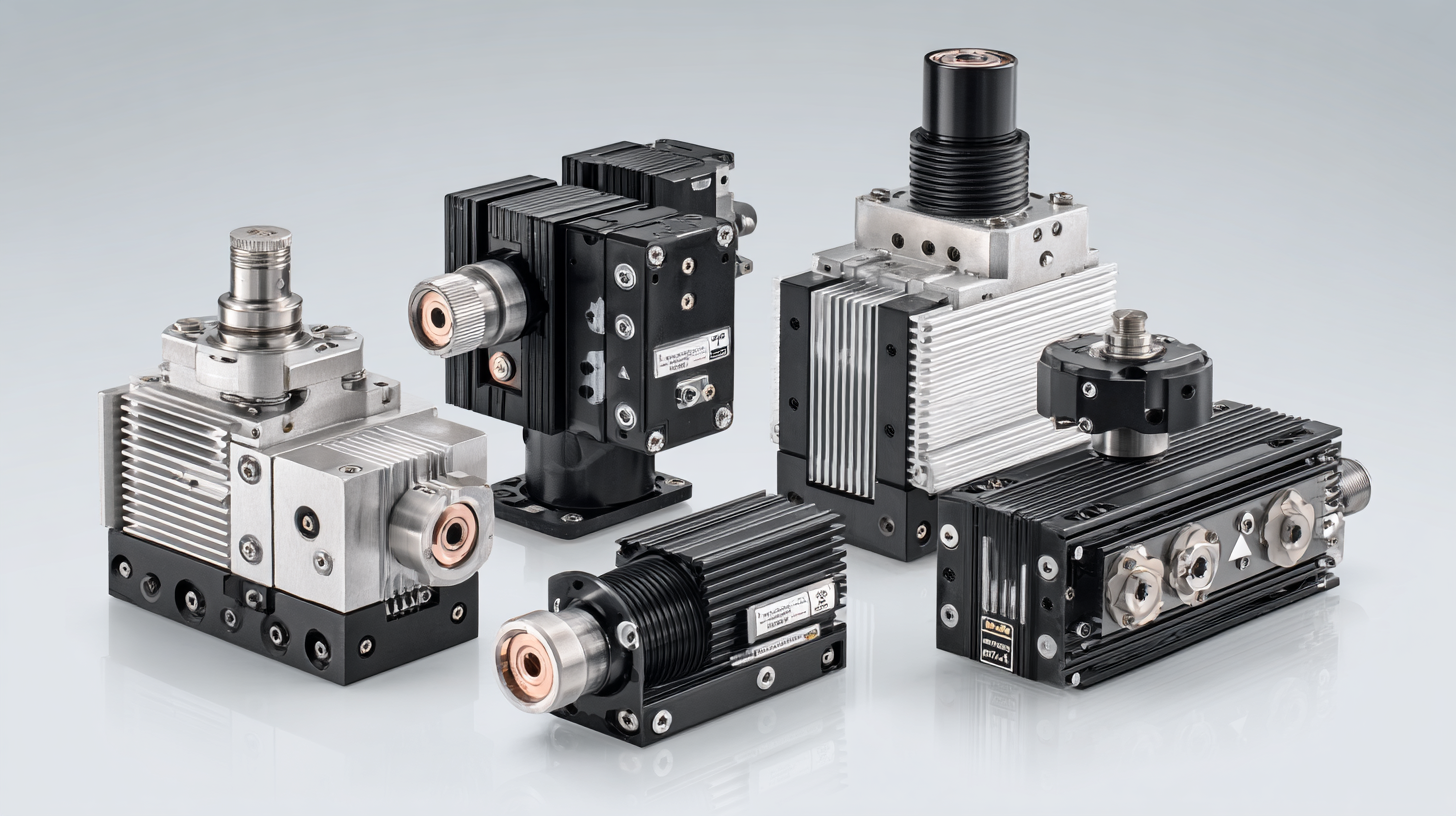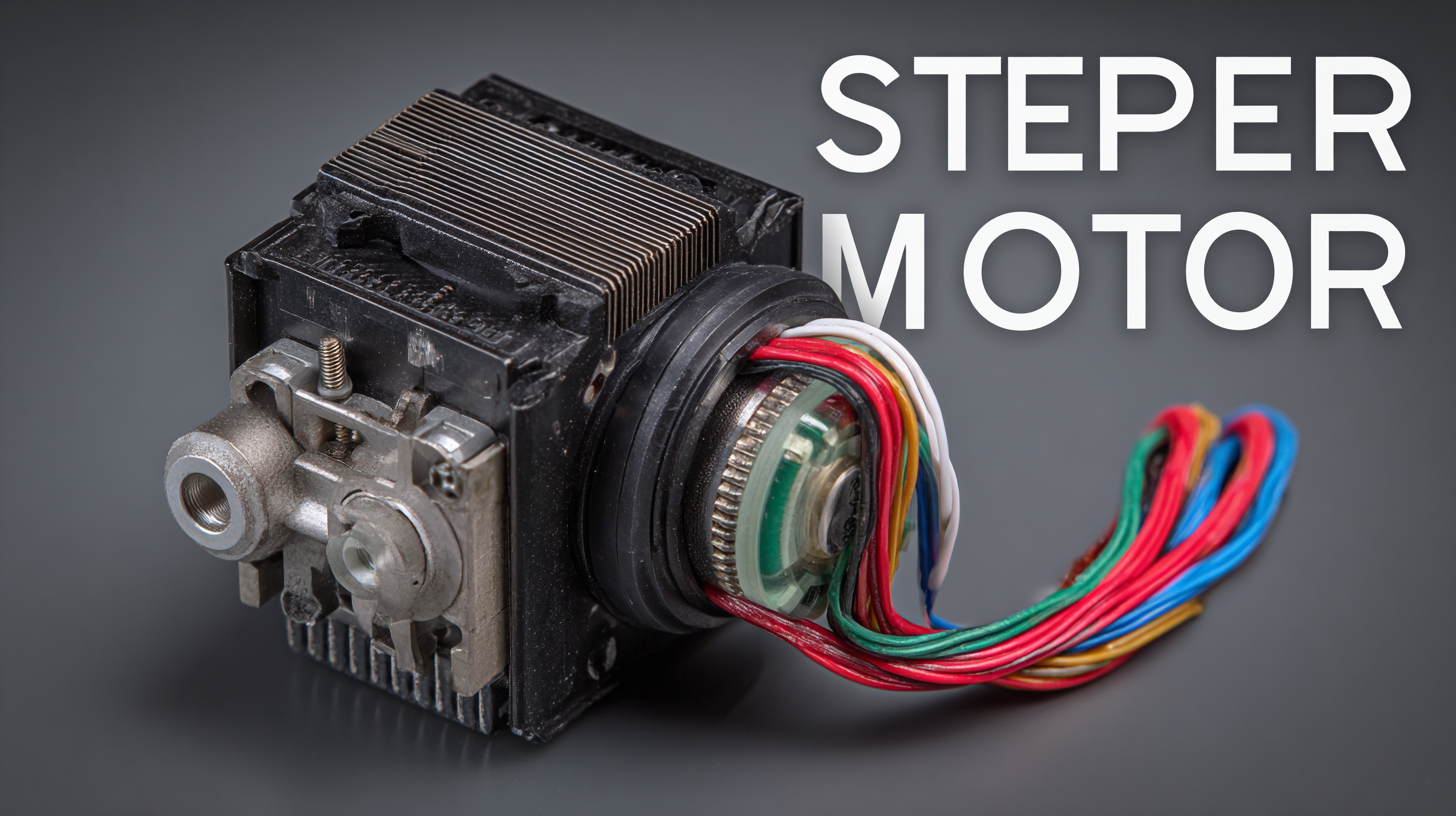
Ultimate Guide to Choosing the Best Stepper Motor for Your Industrial Applications
In the rapidly evolving landscape of industrial automation, selecting the right components is crucial for ensuring efficiency and reliability. One such component that plays a vital role in numerous applications is the Stepper Motor. Known for its precision and ease of control, the Stepper Motor has become a cornerstone in industries ranging from robotics to manufacturing. As we navigate the complexities of choosing the best Stepper Motor for your specific needs, it is essential to consider not only the technical specifications but also factors such as compatibility, cost-effectiveness, and supplier reliability. With a growing emphasis on quality and innovation, China’s manufacturing sector is poised to offer a wide array of Stepper Motors that meet global standards. This ultimate guide will provide you with the necessary insights to make an informed decision, ensuring your industrial applications operate with optimal performance and trustworthiness.

Common Challenges with Selecting Stepper Motors for Industrial Applications
When it comes to selecting stepper motors for industrial applications, several common challenges can hinder the decision-making process. One of the primary obstacles is the vast range of available options, each designed for specific tasks. This variety can result in confusion regarding which motor best suits the application's requirements. Factors such as torque, speed, and resolution must be carefully assessed, along with the anticipated load and the type of motion control needed. A failure to match these parameters accurately may lead to underperformance or even equipment failure.
Another significant challenge is the compatibility of the stepper motor with existing systems. Industrial environments often feature a variety of machines and control systems, and not all stepper motors integrate seamlessly with every setup. It is essential to consider the motor's driver, wiring, and control protocols to ensure that they align with the existing infrastructure. Additionally, issues like heat generation and power supply requirements must be accounted for to prevent operational disruptions. Addressing these challenges requires thorough research and a clear understanding of both the motor specifications and the specific application needs.
Understanding the Different Types of Stepper Motors and Their Limitations
When selecting a stepper motor for industrial applications, understanding the different types available is crucial. Stepper motors can be categorized into two primary types: permanent magnet (PM) and hybrid stepper motors. PM stepper motors offer simplicity and high torque at low speeds, making them suitable for applications that require precise control without the need for advanced feedback systems. However, they can experience issues with missed steps when operating at high speeds or under heavy loads.
On the other hand, hybrid stepper motors combine features of both PM and variable reluctance motors, offering improved performance and versatility. They are particularly effective in applications requiring higher precision and reliability but come with their own limitations. For instance, hybrid steppers can generate more heat and require more sophisticated control methods. Understanding these strengths and weaknesses is vital for engineers looking to optimize their systems and ensure the selected stepper motor aligns seamlessly with their specific operational requirements.

Key Factors Affecting Stepper Motor Performance in Industrial Settings
When selecting a stepper motor for industrial applications, several key factors significantly impact performance. One of the primary considerations is torque requirements, which can vary based on the application and load conditions. For instance, according to a report by MarketsandMarkets, the global stepper motor market is expected to grow from USD 2.43 billion in 2020 to USD 3.80 billion by 2025, indicating an increasing demand for high-torque solutions in automation, robotics, and CNC machinery. Selecting a motor with the appropriate holding and dynamic torque is essential for ensuring efficiency and reliability.
Another critical factor is step resolution, which directly influences positioning accuracy. High-resolution stepper motors provide precise control, making them ideal for applications that require meticulous movements, such as 3D printing or CNC milling. A study published in the Journal of Industrial Automation highlights that stepper motors with microstepping capabilities can enhance smoothness and reduce vibration, which is crucial in maintaining the integrity of sensitive mechanical components. Furthermore, ambient conditions such as temperature and humidity can affect motor performance, necessitating considerations for thermal management and cooling solutions to prevent performance degradation over time.
Ultimate Guide to Choosing the Best Stepper Motor for Your Industrial Applications
| Parameter | Importance | Example Value | Impact on Performance |
|---|---|---|---|
| Holding Torque | Critical | 0.5 Nm | Higher holding torque allows for better performance in applications requiring precision. |
| Step Angle | High | 1.8 degrees | Smaller step angles provide smoother motion and greater precision. |
| Rated Voltage | Medium | 12 V | Operating voltage affects speed and torque; higher voltage can improve performance but may increase heat. |
| Rated Current | High | 1.5 A | Determines the torque available and can impact the overall heat generation. |
| Construction Material | Medium | Aluminum | Materials affect durability and thermal management in industrial applications. |
| Size & Weight | Medium | NEMA 23 | Size affects compatibility with application design; larger motors can provide more torque. |
| Damping Characteristics | High | Variable | Good damping reduces vibrations and improves accuracy during high-speed operation. |
Troubleshooting Common Issues in Stepper Motor Usage
When utilizing stepper motors in industrial applications, operators may encounter various common issues that can disrupt productivity. One prevalent problem is missed steps, which often results from insufficient power supply or excessive load on the motor. Ensuring that the power supply is capable of providing the necessary current and voltage to drive the motor under load conditions is crucial. Additionally, adjusting the acceleration and deceleration settings in the control software can help mitigate this issue by allowing the motor to perform smoother transitions without losing steps.

Another issue frequently observed is overheating, which can lead to performance degradation and premature failure of the motor. Overheating can be caused by prolonged operation at high torque or by inadequate cooling solutions. To address this, users should ensure proper heat dissipation through the use of heat sinks or cooling fans, and monitor the operating environment for excessive ambient temperatures. Regular maintenance checks can also ensure that the motor operates within its optimal temperature range, thus prolonging its lifespan and enhancing overall efficiency in industrial applications.
Best Practices for Optimal Stepper Motor Selection and Integration
When selecting the right stepper motor for industrial applications, it's crucial to adhere to best practices that optimize both performance and reliability. A recent study by the National Institute of Standards and Technology (NIST) highlights that efficient stepper motor selection can improve overall system efficiency by up to 20%. This efficiency boost is largely attributed to matching the motor's specifications—such as torque, speed, and resolution—to the specific demands of the application.
One fundamental aspect of integration involves understanding the load characteristics. According to a report from the International Electrotechnical Commission (IEC), improperly matched motors can lead to excessive wear and energy loss, reducing lifespan by as much as 50%. Therefore, it is essential to calculate the system's inertia and consider environmental conditions, such as temperature and humidity, to ensure optimal motor operation. Engaging in thorough pre-purchase evaluations, such as benchmarking performance with prototypes, allows engineers to make informed decisions that enhance both efficiency and durability in industrial settings.
